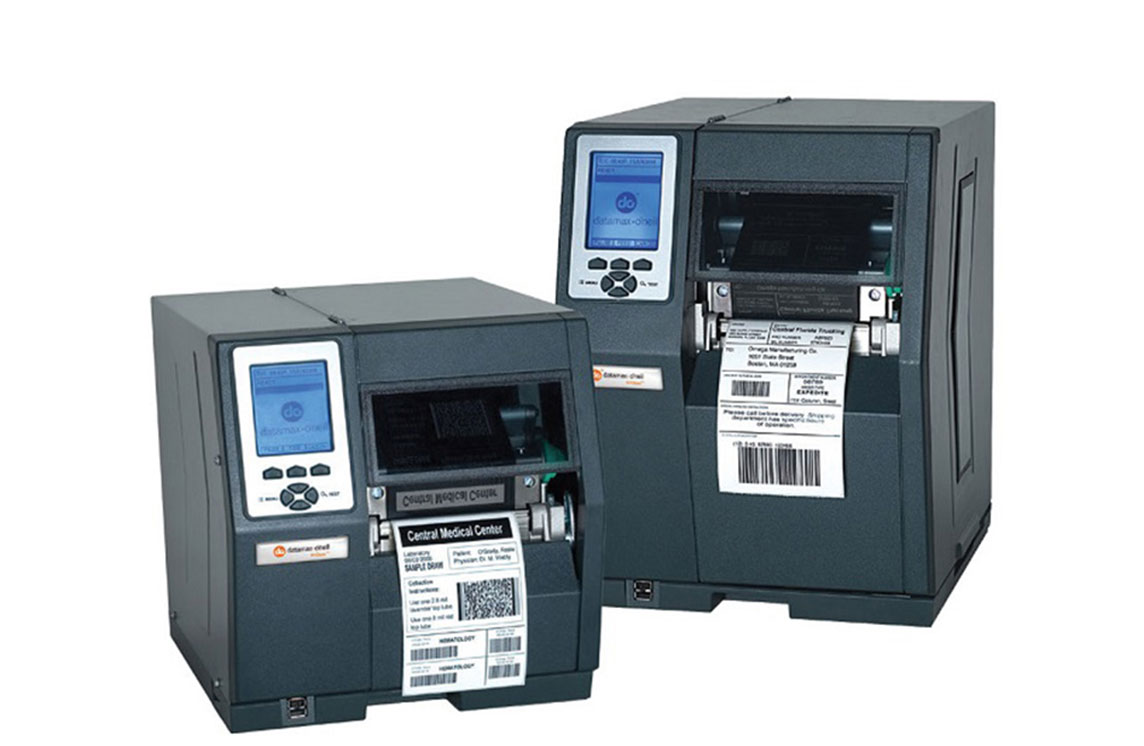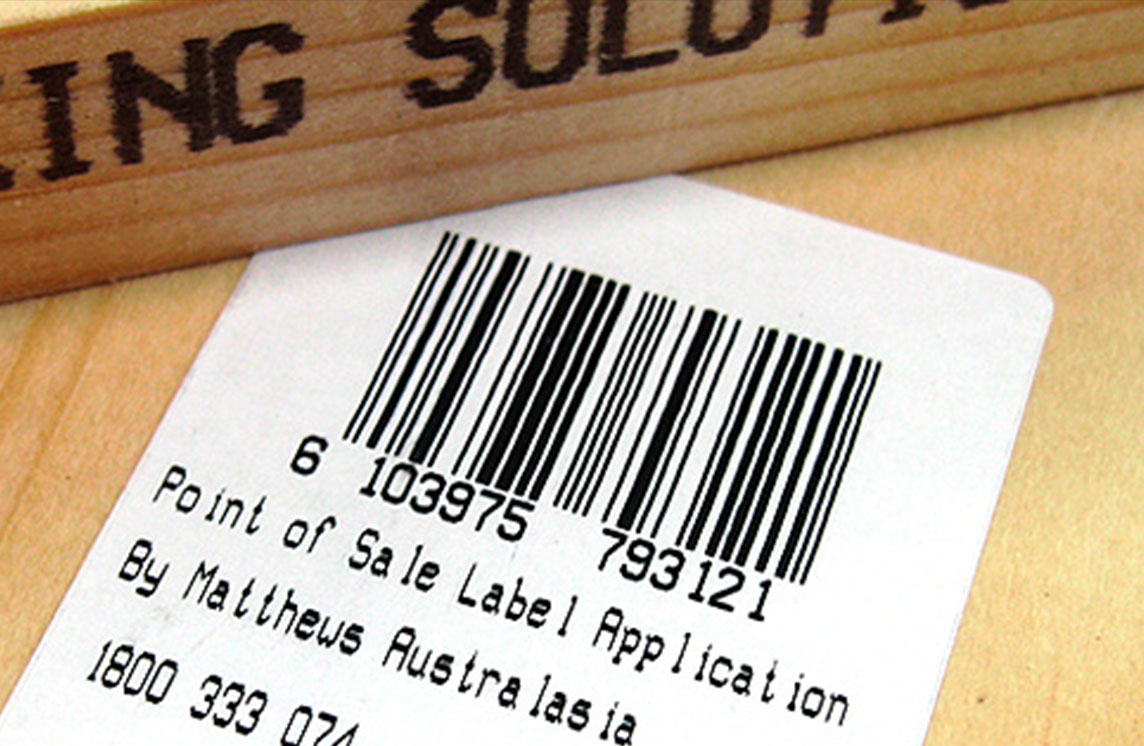When printing barcodes, should you choose direct thermal print or thermal transfer labels?
Many people believe that direct thermal is a less expensive option than thermal transfer, as there isn’t any ribbon involved. Try not to get caught up in this misconception – it's critical to first understand which type of technology is more efficient, and for whom.
At the end of the day, the cost difference between the two is actually negligible – until you start looking at what happens to your product once it’s left your factory floor. Before buying any equipment, make sure that you know the pros and cons of both technologies.

Direct transfer labelling systems – no ribbon, lower contrast
Whilst a direct transfer labelling system might seem cheaper since it doesn’t require a ribbon, asking whether you’ll save on ribbon costs is probably the wrong question to ask when it comes to assessing this technology. Instead, think about these things:
- 1.Your label’s edges and the texture of the paper can actually wear down the printhead faster (especially when printing barcodes in the ‘picket fence’ orientation, which is easier to read). Bottom line – you'll end up buying printheads more often with direct transfer barcode printers.
- 2.After about 6 months, the print will turn yellow and will start to fade to grey because the print contrast is not as good as that offered by thermal transfer systems. Bottom line – if your product will sitting on the shelf longer than 6 months, you risk the barcode becoming ineligible.
- 3.Exposure to major heat, humidity, sunlight and contact friction (like frequent scanning or abrasive transportation) can rub off a direct transfer barcode. Bottom line – if your label is in contact with rubbing or condensation, then this printing technology will simply not work for you.
Thermal transfer labelling systems – more ribbon, more contrast
The criticisms of a thermal transfer barcode printer aren’t about the quality of the system, they’re about the quality of the installer. What your product’s packaging will experience environmentally over time, for example, will indicate which ribbon will best adhere to its film. Once you’ve gotten this match right, you’ll be able to enjoy benefits that are typically overlooked with this system.
- 1.When the barcode is being applied to your product, the smooth and waxy surface of thermal transfer ribbon creates less friction. Bottom line – manufacturers working to deadlines can enjoy faster print speeds, especially when it comes to printing and applying the barcode label (as the ribbon protects the printhead, which means its life is frequently doubled).
- 2.The film on the ribbon applies a wax or resin onto the surface of your product. Bottom line – a thermal transfer label is therefore highly resistant to chemicals, humidity, UV rays, abrasion and other climatic changes that your packaging may encounter as it travels throughout the supply chain.
- 3.Thermal transfer labelling systems can typically work at higher speeds. Bottom line – if your production line is fast, you’ll achieve better results with a thermal system.
Quick thumbnail guide
The last thing that any manufacturer wants to hear is that the new equipment they’ve just invested in doesn’t actually meet their needs (or that it won’t in 6 to 12 months time). This is why you should try not to get caught up in simplistic comparisons that leave you paying more or with more headaches than are necessary. Use our quick guide:
- Direct transfer suits companies dealing with perishable goods (less than 12 months), as the barcode doesn’t need to last a long time.
- Thermal transfer suits companies whose products need to endure changes in temperature, dampness or friction and that need to last more than 6 months.
If you’re in doubt about choosing the right fir-for-purpose equipment, be sure to ask for guidance. This will help you to avoid the awkwardness – and disappointment – of discovering hidden costs further down the line.

